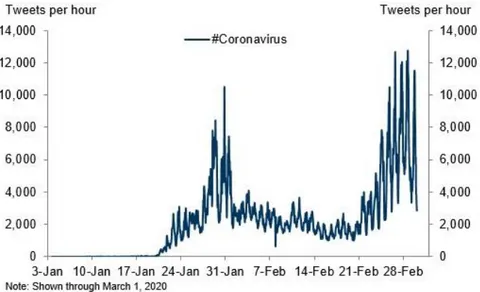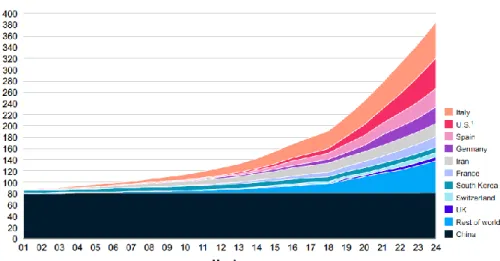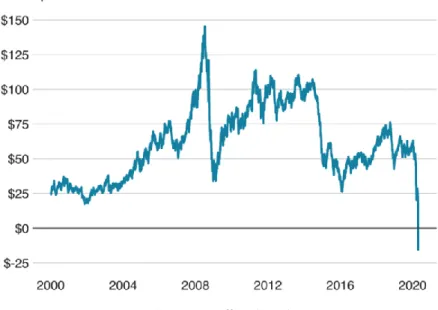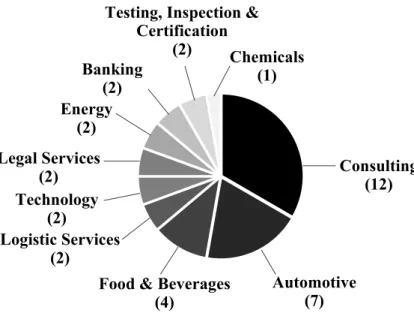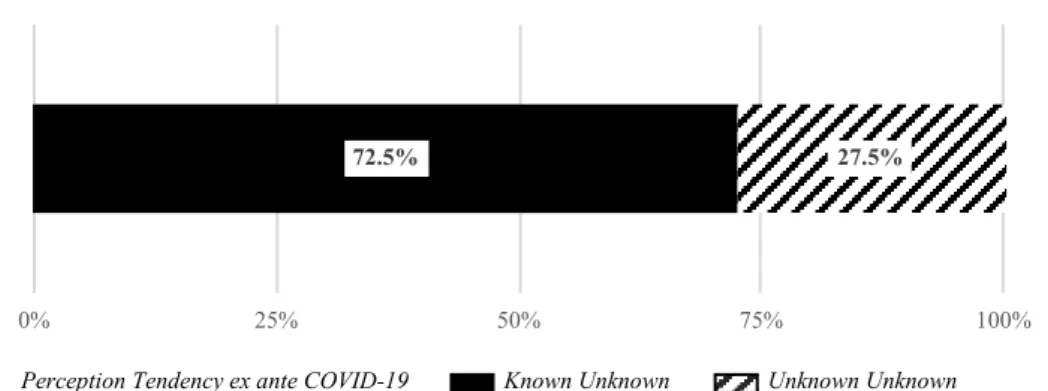How Black Swan events reveal known and unknown unknowns : the case of COVID-19
Texto
Imagem
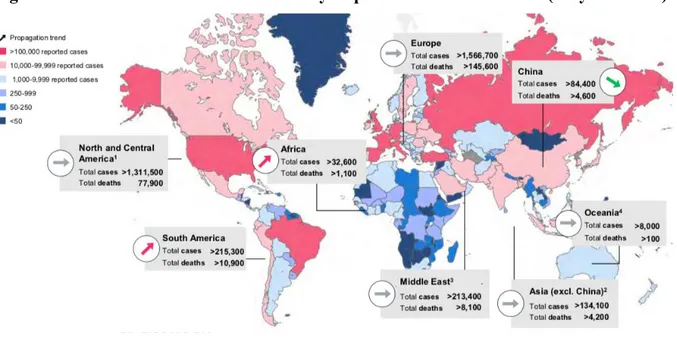
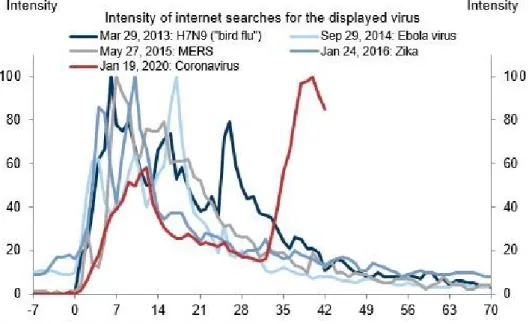
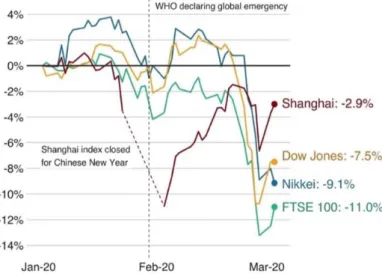
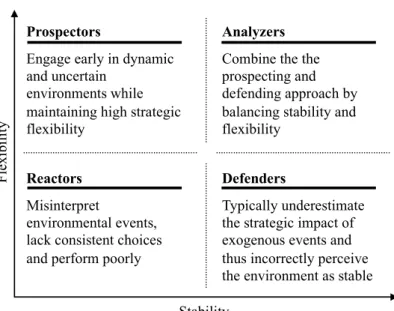
Documentos relacionados
Para determinação do ganho percentual de radiação solar direta em uma superfície horizontal, é necessário conhecer a irradiância solar direta nessa superfície horizontal, o
Na hepatite B, as enzimas hepáticas têm valores menores tanto para quem toma quanto para os que não tomam café comparados ao vírus C, porém os dados foram estatisticamente
É nesta mudança, abruptamente solicitada e muitas das vezes legislada, que nos vão impondo, neste contexto de sociedades sem emprego; a ordem para a flexibilização como
The present study aimed to identify the presence of bovine parainfluenza type 3 virus and Influenza virus D (IVD) in tracheobronchial fluid samples of healthy calves and
The probability of attending school four our group of interest in this region increased by 6.5 percentage points after the expansion of the Bolsa Família program in 2007 and
Nessa perspectiva, uma das formas de abordagem da Acessibilidade informacional é, portanto, o estudo dos fatores e das melhores práticas que a favorecem. Do ponto de vista do núcleo
Este artigo discute o filme Voar é com os pássaros (1971) do diretor norte-americano Robert Altman fazendo uma reflexão sobre as confluências entre as inovações da geração de
O presente relatório de estágio profissional é o reflexo do meu trabalho como professora estagiária e todo o envolvimento com a escola na qual o estágio
